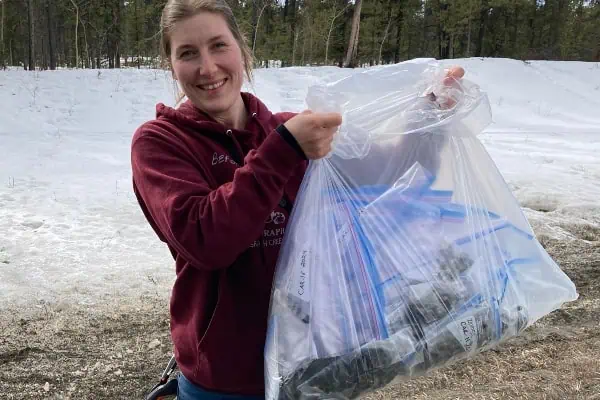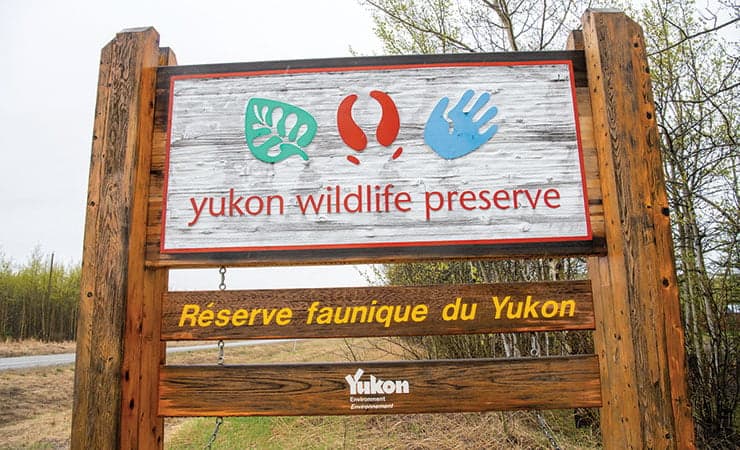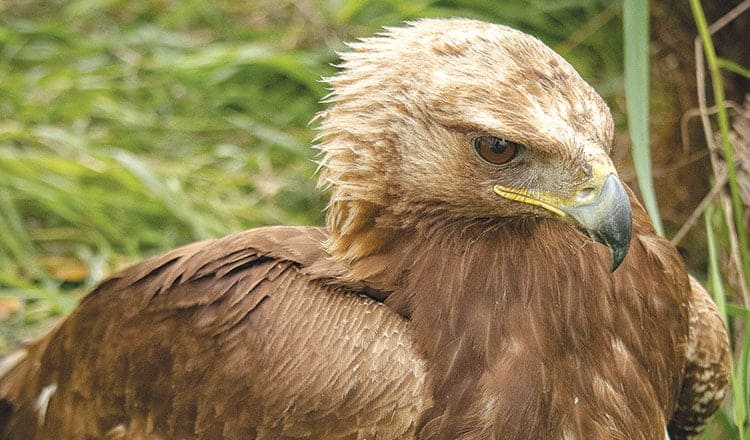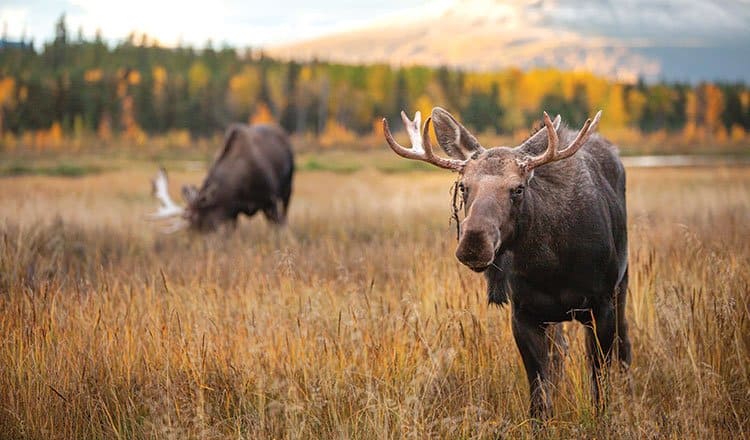The lynx waits patiently by an animal trail at edge of the forest. A snowshoe hare emerges and the chase is on! Within a handful of leaps, each pushing their long hind legs and padded feet through the snow, the lynx is triumphant. She will be in prime condition to nurse her kittens come spring.
Snowshoe hares are the main food for lynx during the winter, providing 90 per cent or more of a lynx’s diet.
When snowshoe hare numbers increase, lynx numbers increase the following year. When hares decline, lynx follow.
This population cycle of snowshoe hares and lynx occurs across Canada, Alaska and some northern states, though it is more pronounced in the Far North. Our long summer days allow the hares to have up to four litters, twice the number of their southern counterparts.
Hares’ fur changes with the seasons, from dark brownish to winter white. The change is triggered by the length of day, not the groundcover, so an early spring like this year may leave them standing out against their surroundings.
When pursued, they can travel 3 m (almost 10 ft) in a single bounce, zig-zagging to avoid capture.
Unlike rabbits, hares are born with their eyes open, a full coat of fur and are able to hop within a day.
One female gives birth to 10-18 young, known as leverets, each summer. Assuming two females survive to breed the following year, one female can, over eight years, be responsible for over 250 descendants!
According to ecologist Dr. Charles Krebs who has been studying hares in Kluane for 40 years, “We had thought the lack of reproduction in hares might be (due to) food, but we can find no food shortage. The biomass of shrubs has nearly doubled in the last 30 years.”
As the hare population grows, more animals target them. Many are killed, and a strange thing happens to those that survive: they become stressed — not just angst, but physiologically stressed — and their litters the next year are fewer in number and smaller. The leverets inherit the stress, making their litters smaller still. It is the high predation and stress that are responsible for the “crash” in snowshoe hare numbers, and the stress carries through several generations.
“In Kluane, 2015 and 2016 could be called the peak years. The decline will be (evident) in 2017,” Dr. Krebs says.
Mark O’Donoghue, regional biologist for Environment Yukon is also studying hare populations. He says the peak is just reaching north central Yukon.
“We monitor hare numbers through pellet counts and follow lynx and other predator numbers through track monitoring,” O’Donoghue says. “It will take a couple of years for lynx to get really hungry.”
Long-time residents may recall years when “bunnies” were everywhere – though in the Yukon, everything that looks like a bunny is actually a snowshoe hare. Cycles can take anywhere from eight to 11 years, and the Yukon hasn’t experienced a “super-peak” in over 30 years.
Both Canada lynx and Snowshoe hares can be seen at the Yukon Wildlife Preserve.




